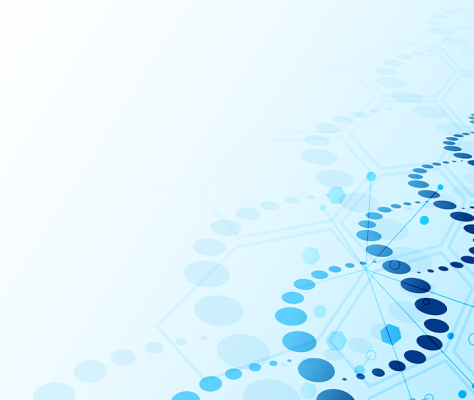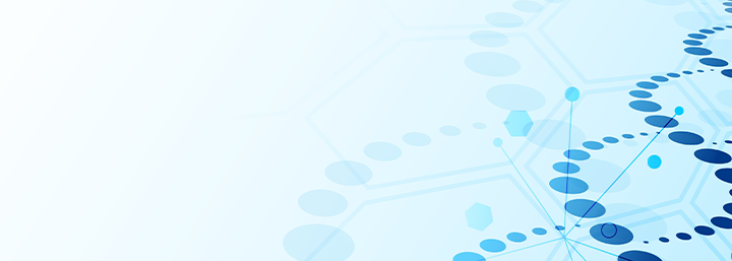This blog shares lessons from the digital transformation of the music recording industry that can be applied to digital transformation in the enterprise. Specifically, it focuses on the analogy between amateur musicians recording and publishing their own music with the ability of knowledge workers in the enterprise to participate in building digital solutions.
Many people who work in the software industry are musicians — I’m one of them. We can speculate on why this correlation exists — they are both creative fields, there is a mathematical foundation for both. But one thing is certain: the music landscape continues to be drastically altered by technology.
One could argue that music underwent digital transformation before any other industry — hello Kraftwerk! — and year after year it continues to evolve. Compact discs in the 80’s, electronica in the 90’s, Napster and iTunes in the 2000’s. Most recently, virtual concerts during a global pandemic. Since music was ahead of the digital curve, what can we learn from it?
Well, not only am I an amateur musician. I’m also a music lover. I was watching a Classic Albums documentary the other day on the recording of Fleetwood Mac’s Rumours when they happened to mention the equipment they used. Apparently, the Record Plant in Sausalito, California featured a 24 track API console. Say what? No, not MuleSoft’s API Console. This was an analog soundboard made by Automated Processes Incorporated, one of the leading audio equipment producers at the time. As the “API” acronym caused the tech and music parts of my brain to collide, I started thinking about how music recording has evolved in the last half century.
From synths to streams: recording goes digital
In 1977, when Fleetwood Mac made their landmark album in a chemically-enhanced musical utopia, the recording process took a lot of time and money. Studios needed to be booked. Expert engineers, producers, and session musicians needed to be hired and paid. Bands needed to do multiple takes in unison before they were sure they nailed a song. The limitations of tape meant they might need to mix multiple tracks onto one track to make room for more. Sometimes the tape would even run out!
And once the recordings were finished, another layer of gatekeeping awaited with the need to distribute the physical media required for people to buy and listen to the music. All of this meant that the capacity of the recording industry limited the number of people who could record and share their music broadly. How many other Fleetwood Macs did the world miss due to these constraints?
We can debate whether the quality of mainstream music has improved in the intervening years, but there is no doubt about how much easier it is to record and distribute music in 2021 than it was in 1977. And the primary enabler is automation through digital technology. MIDI was introduced in 1981, making it possible to program multi-instrument tracks. This reduced the need for repeated and coordinated takes.
While digital hardware components became popular in recording studios during the 80’s, the introduction of home recording software led to an explosion of home studios in the 90’s. This removed the need to book expensive studio time, and started the first generation of bedroom musicians.
In 1996, Steinberg introduced the VST standard for audio plugins, allowing independent software vendors to create digital effects. This created a VST ecosystem of effects providers and a near-infinite number of effects options for musicians. The move to digital streaming as the primary medium for music consumption removed a final barrier. Amateur musicians can now simply drag and drop their completed music files into distribution software that has their music available in real time. Music recording has undergone an epic digital transformation.
A deeper digital talent pool
With this story in mind, I started to think about where companies undergoing digital transformation might be on this timeline. The creation of software-centered digital solutions still feels like a closed industry to a great extent. We can point to open source software and APIs as opening things up, and they do. But when it comes to opening up software engineering to more people, I think we still have a long way to go.
So to that end, maybe this music recording analogy can help us with some industry self awareness. For those of us deeply involved in delivering the solutions, are we the musicians in this story, or are we the highly technical audio engineers? How can we remove barriers and harness the creative energy of a broader set of makers who may not have the skills to operate the 24 track, 288 knob consoles we use?
Those makers exist all over a modern company. Enterprises have got talent! These people might be line of business product designers, application administrators, or data analysts. The way to get them engaged — to hear their music — is to automate away as much complexity as possible and allow them to be part of the solution design and development process.
Automatically gaining composure
This is what excites me about MuleSoft’s musically-named Composer product. Composer gets more people in the organization engaged in creating digital solutions. Through a VST-like packaging of connectors, Composer is both an automated tool and a tool for creating automations that simplify repetitive business tasks through application and data integration.
Yes, enterprises still need to send their marquee acts into the fancy studio to produce their most mission-critical programs. However, it just might be that some of the automated processes created by business users in Composer are spotted by IT talent scouts who help turn them into the star implementations of the future. Don’t stop thinking about tomorrow!
My call to action for IT insiders who read this blog is to consider what role you might play in getting more business people engaged in the development of software products for your organization — a cause I’ve believed in for a long time. Rather than getting too excited about the latest piece of technology that comes along, think about how you can provide the right level of abstraction to your business partners so they can bring you their demos in digital form. This is the promise I see for Composer. For years, we’ve been helping organizations become composable enterprises. It’s time to compose!
Learn more about MuleSoft Composer and dive into the drivers of automation by downloading our whitepaper.
Did you catch the album reference in the title of this blog? 1992’s Automatic for the People by R.E.M. Another amazing album.









